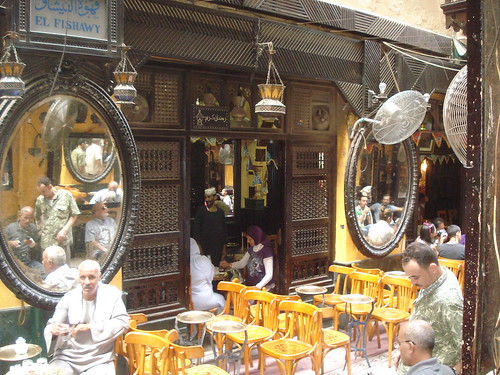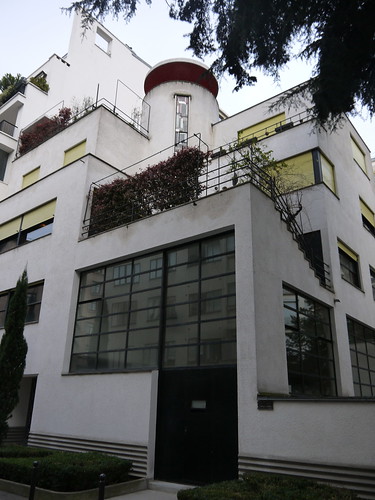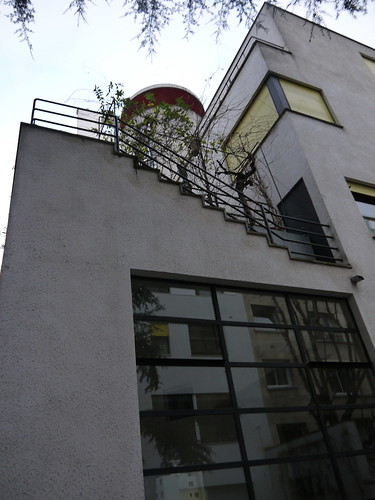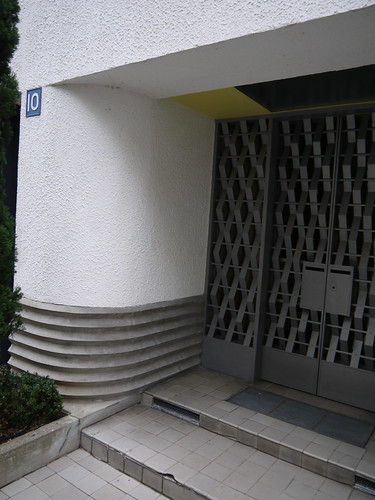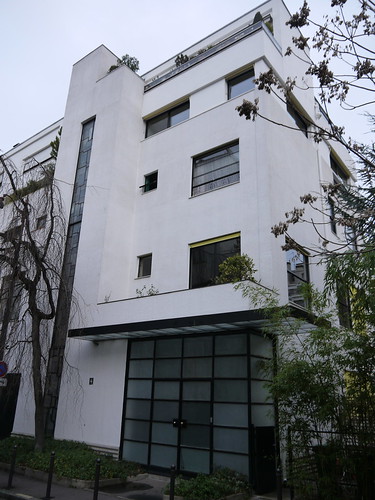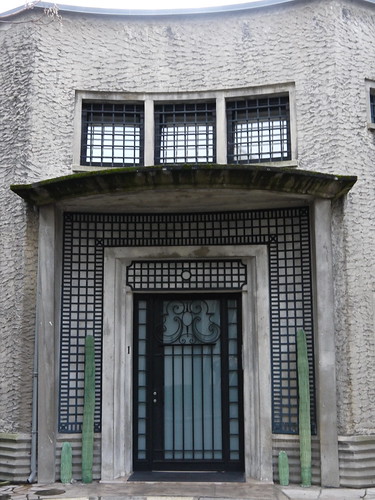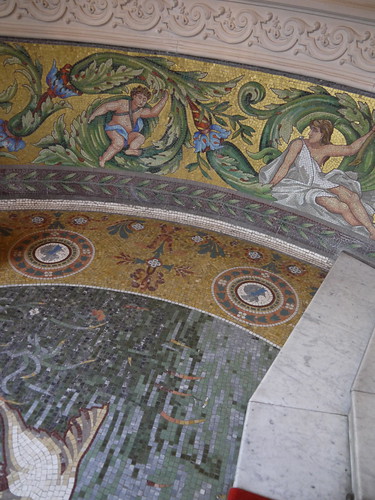
Over the last four nights I have watched all ten episodes of the first series of the Israeli TV drama - Hatufim (חטופים). That's 495 minutes. I have found it hard to break away from the screen. I have found it hard to sleep after watching. This first series of the programme, shown in Israel in 2010 is a stunning drama about three Israeli soldiers kidnapped in Lebanon in the 1980's and held in Syria for 17 years before being handed back to the Israelis.
There are stunning performances from Yoram Tolledano as Nimrod Klein, Ishai Golan as Uri Zach and Asi Cohen as Amiel Ben-Horin, the three prisoners. Equally impressive are Yael Abercassis, Mili Avital and Adi Ezroni as the leading female characters - wife, ex-girlfriend and sister respectively of the three men. For more than eight hours the elation, tensions and devastation of their release, homecoming and flashback experiences have been played out on my TV screen.
The release and homecoming might be considered as a "happy ending" but believe me, this in no easy watch as the appalling torture of the men flashes across the screen and as they find it increasingly difficult to adapt to being "free". Equally hard is the struggle of the families to adjust to the return of a son, husband or brother who they no longer know and cannot understand. During a heart to heart with a friend, Yael Abercassis playing the role of Talya Klein, Nimrod's wife says "I have been in prison for 17 years too" as following her husbands's release they struggle to adjust to each other. The Klein children also struggle with their father's return - the daughter by displaying increasing hostility to the mother and the son by openly wishing the father would leave.
Equally interesting are the campaigns, dilemmas and struggles surrounding the release of prisoners of war - a very big issue in Israel. Inevitably Israel has to "pay" to get their people back through releasing convicted terrorists. There is a cameo role in the series of a man whose wife and daughter were amongst those killed in a restaurant, suicide bombed by a palestinian terrorist, and the mastermind of the attack is one of those freed to release the three prisoners. His description of the day of the attack and his last conversation with his wife is devastating. Not only do we see opposition to the release of the soldiers, we also see suspicion of them as the security forces "rehabilitate" them through intensive debriefing and continue to monitor their activity once they return home for good.
The story is gripping and each episode left me anxious to see the next one. There are several threads running through the story that lead to a surprising denouement. A second series was made. I hope it will become available on DVD. Hatufim attracted the biggest ever TV audience in Israel with over 3 million people viewing one of the episodes - there are only about 7 million people in the country. Directed by Gideon Raff, the Hebrew title translates as "abductees" but the English subtitled version of the series is available under the name "Prisoners of War". The series was the inspiration for the US series "Homeland".
The world knows about the release of Gilad Shalit, kidnapped from Israel and held in Gaza in October 2011 after five years in captivity, having been taken at the age of 18. Rather less people know about the five who remain in captivity. They are Zechary Baumel, Zvi Feldman and Yehuda Katz all missing since 11 June 1982 in a battle at Sultan Yakoub, Lebanon: Ron Arad captured in 1986 when his aircraft was shot down near Sidon also Lebanon and Guy Hever who disappeared in 1997 in the Golan Heights. Their whereabouts, or even if they are still alive, is not known.
Israeli television is turning out some of the most impressive original drama, not just with Hatufim, but also with B'tipul (בטיפול) the inspiration for the US "In Treatment series, Srugim (םרוגים), the "30 Something" of modern religious Jerusalem and Ramzor (רםזור) - a cracking comedy with an excellent cast. You can hear more about Israeli TV at the Jewish Book Week on Saturday 2nd March when Sayed Kashua and Ron Leshem discuss what makes Israeli TV drama so compelling.



